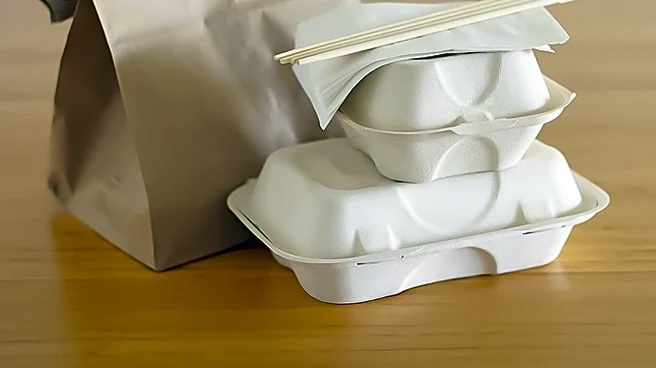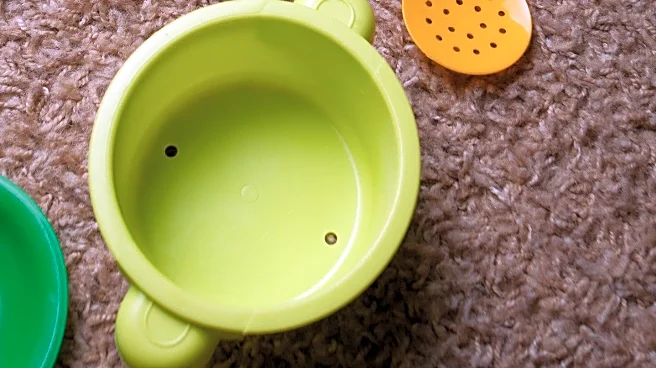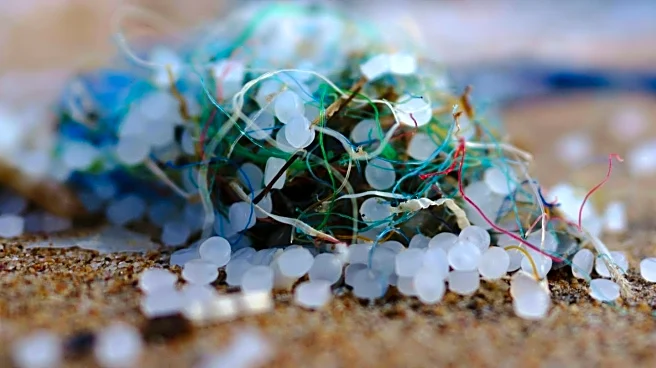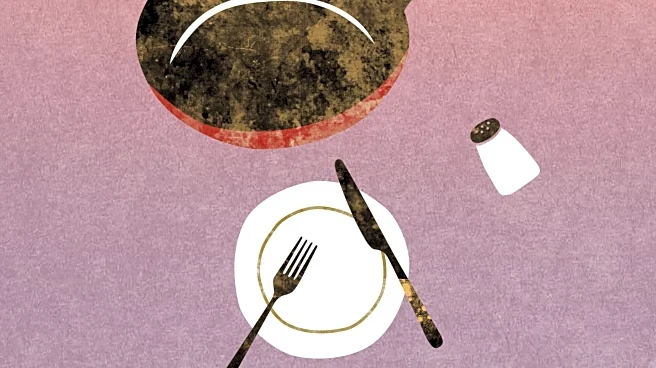What's Happening?
A recent study published in the journal NPJ Science of Food has found that microplastics and nanoplastics are being released into food and beverages through common food packaging practices. The research,
led by Lisa Zimmermann from the Food Packaging Forum, highlights that actions such as opening and closing plastic bottle caps, unwrapping deli meats, and using plastic-coated closures on glass bottles can introduce these tiny plastic particles into consumables. The study emphasizes that the abrasion from these actions increases the number of microplastics released. This contamination has been detected in various food and drink products, including beer, canned fish, and mineral water. The study also points out that ultraprocessed foods contain more microplastics due to increased contact with plastic during manufacturing.
Why It's Important?
The findings of this study are significant as they highlight a direct source of microplastic contamination in the food supply, raising concerns about potential health impacts. Microplastics are small enough to enter the bloodstream and distribute synthetic chemicals throughout the body, potentially leading to health issues. The study underscores the need for systemic changes in food packaging and processing to reduce plastic contamination. This research could prompt regulatory bodies and manufacturers to reconsider packaging materials and methods to protect consumer health. The broader implications also include increased public awareness and potential shifts in consumer behavior towards more sustainable packaging options.
What's Next?
The study calls for more high-quality research to better understand the extent of microplastic contamination and its health effects. It also suggests that consumers can take steps to reduce exposure by using alternatives to plastic, such as glass or stainless steel containers. On a larger scale, there is a push for systemic action to reduce plastic production and pollution, with upcoming negotiations for a Global Plastics Treaty aiming to address these issues. This treaty could lead to international agreements on reducing plastic use and improving packaging standards.











